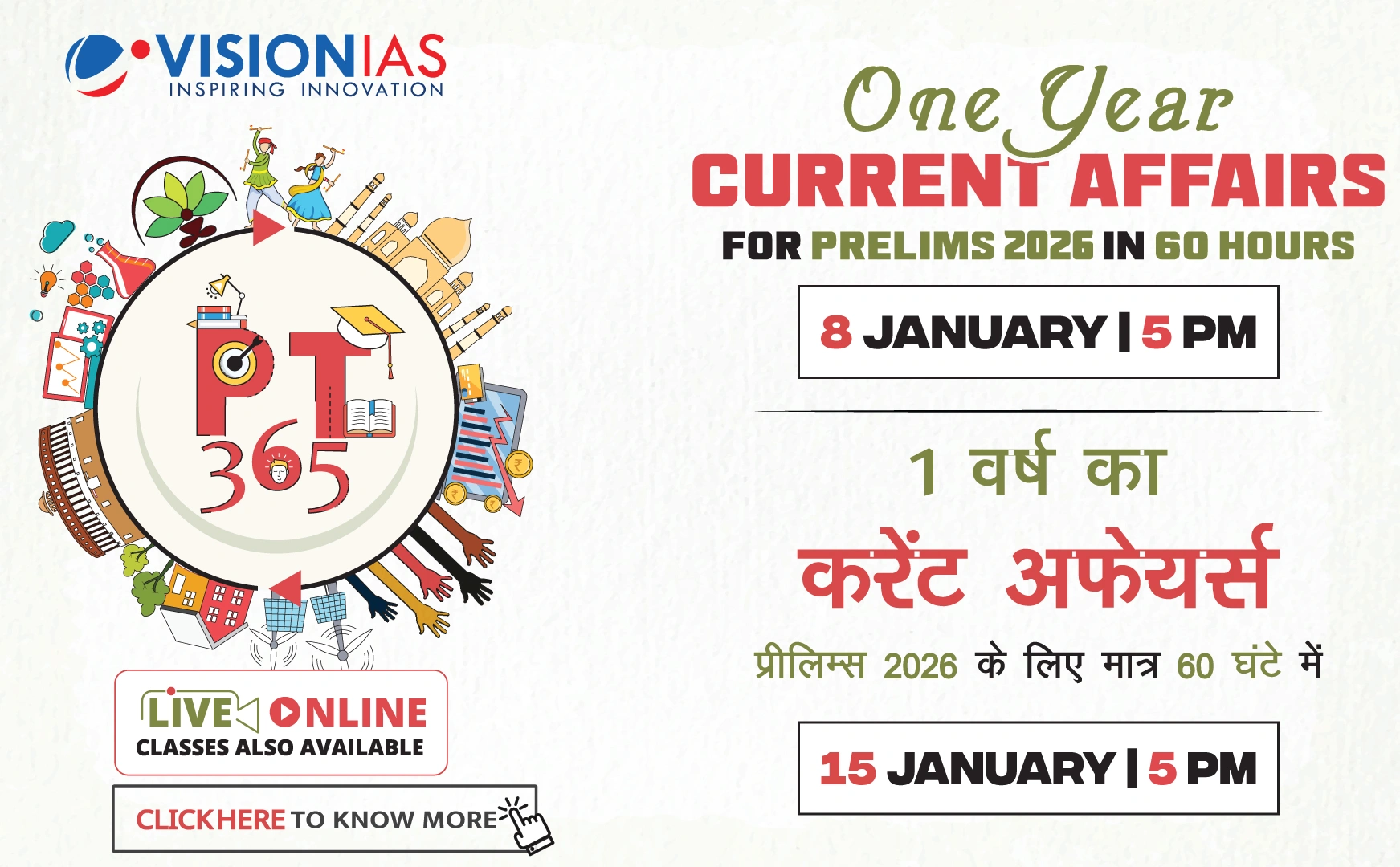Significance of India's Coastal Areas
India, with its 7,517 km coastline, has about a third of its population living in coastal areas. The coastal regions significantly impact the country's daily life, economy, and environment.
Vision 2030 and the Blue Economy
- The Indian government's Vision 2030 identifies the blue economy as one of the ten core dimensions of growth.
- The ocean serves as a global commons, providing resources, trade means, sustainable energy, and scientific knowledge.
- One in three people globally depends on the ocean for their livelihood.
Threats to the Ocean
- More than eight million tons of plastic end up in the ocean annually.
- Over a third of fish stocks suffer from overfishing.
- Ocean acidification, rising sea levels, and marine ecosystem destruction are escalating due to climate change.
United Nations Ocean Conference (UNOC3)
France and Costa Rica will co-host UNOC3 in Nice from June 9-13, gathering global leaders and stakeholders to protect the ocean through tangible actions.
Objectives of UNOC3
- To establish the "Nice Ocean Agreements" as an international pact aligning with the UN's Sustainable Development Goals of 2015.
- The Agreement on Marine Biodiversity of Areas beyond National Jurisdiction (BBNJ Agreement) seeks ratification by 60 countries to govern the high seas.
Financial and Knowledge Initiatives
- UNOC3 will announce commitments in trade, shipping, tourism, and investment to support a sustainable blue economy.
- Efforts to enhance oceanic knowledge are vital, as ocean depths remain largely unexplored despite the capability to map the Moon and Mars.
India's Preparations for UNOC3
France will organize a "Festival of Ideas" and "Blue Talks" in collaboration with Indian institutions to facilitate dialogues and provide recommendations for UNOC3.
Conclusion
The ocean is crucial for global well-being and future generations. Collaborative efforts at UNOC3 aim to be a watershed moment in ocean conservation and sustainable use.







